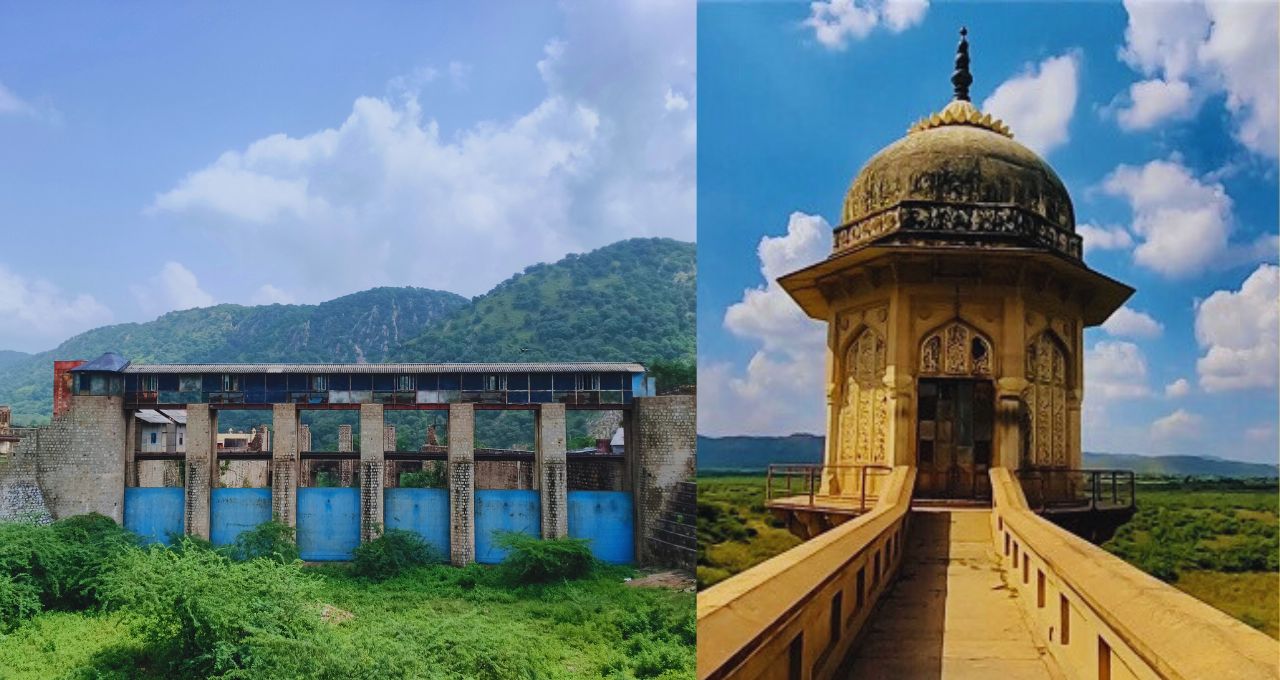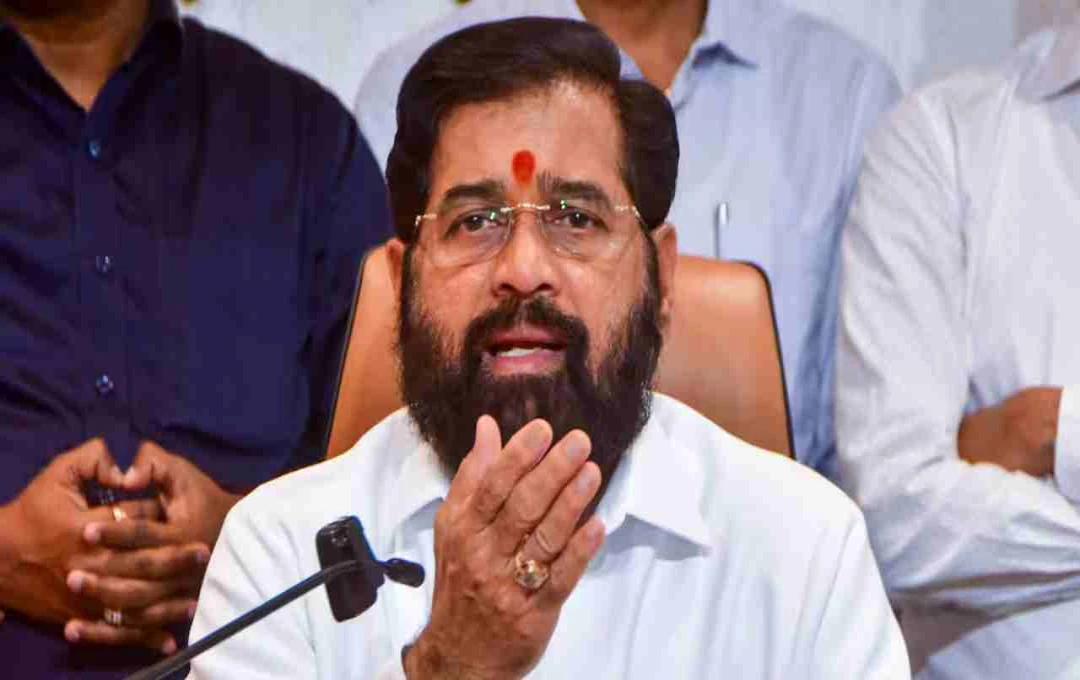Artificial rain is a new beginning for Rajasthan. If successful, it could revolutionize drought relief and agricultural improvement. The need now is to implement it correctly and raise public awareness about water conservation.
Artificial Rain: The land of Rajasthan, which burns in the heat and often remains dry even during the monsoon, is now moving towards a historic change. For the first time, artificial rain technology is being used in the state, which is expected to quench the thirst of drought-stricken areas to some extent. The first experiment will be conducted in the Jamwaramgarh dam area of Jaipur district on July 31st at 3 PM. Agriculture Minister Dr. Kirori Lal Meena will inaugurate this ambitious project and has appealed to the public to witness this historic moment.
What is Artificial Rain?
Artificial rain is known as 'cloud seeding' in scientific terms. In this process, special chemicals are sprayed into the clouds using scientific methods, causing the moisture particles in them to become active and turn into rain. This technology works to trigger natural rainfall, especially in areas where there is a possibility of rain but the drops do not reach the ground.
How is Cloud Seeding Done?

This process is divided into three stages:
1. Lifting the Air
First, special chemicals such as calcium chloride, calcium carbide, urea, and ammonium nitrate are used to send the warm air rising from the ground further up.
2. Making the Clouds Heavy
In the second stage, the mass of the clouds is increased through these chemicals so that water can accumulate in them.
3. Activation of Rainfall
In the final stage, compounds like silver iodide and dry ice are introduced into the clouds with the help of drones or special aircraft, causing the microscopic water particles within them to combine and fall to the ground as rain.
Why is this Experiment Special for Rajasthan?
Rajasthan, especially its eastern and western parts, has been grappling with water scarcity for a long time. Reservoirs dry up, farmers get into debt waiting for rain, and there is an outcry for drinking water in rural areas. In such a situation, this technology has emerged as a ray of hope. If this experiment is successful, it will not only alleviate the water crisis but also help in irrigating crops and recharging groundwater.
Where Will the First Experiment Take Place?

The Jamwaramgarh dam area, located 30 kilometers from Jaipur, has been selected for this experiment. This area is geographically suitable because clouds do appear here during the monsoon, but there is not enough rainfall. These clouds will be converted into rain using cloud seeding technology.
The Experiment Has Been Conducted in Other States of the Country as Well
Although this is happening for the first time in Rajasthan, this technology has already been adopted in other states of the country:
- Tamil Nadu: Cloud seeding was first used in 1983.
- Karnataka: This technology was adopted in 2003-04 to provide relief from drought.
- Maharashtra: Cloud seeding was done in 2009 with the help of American technology.
- Andhra Pradesh: This technology has been ongoing for many years.
- Delhi: A plan was made last year to reduce pollution, but it could not be implemented.
What do Experts Say?
Meteorologists believe that the success of cloud seeding depends on the moisture in the clouds and the weather conditions. It is not a guaranteed rainfall process, but it can be highly effective if the right circumstances are met. The Rajasthan Meteorological Department and the Water Resources Department are fully engaged in preparing for this experiment. Data analysis, humidity monitoring, and data tracking from weather satellites are also being done.














